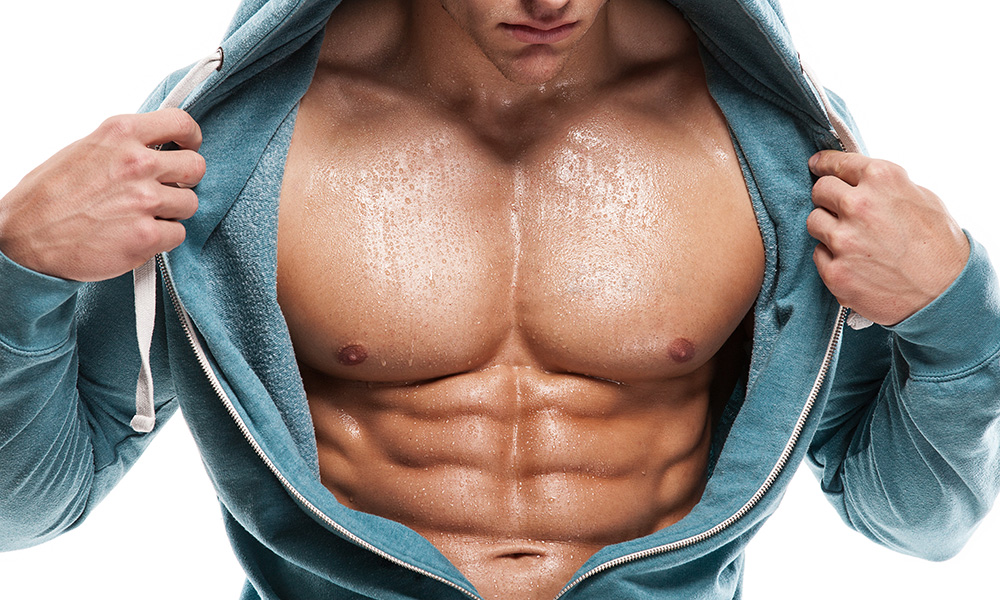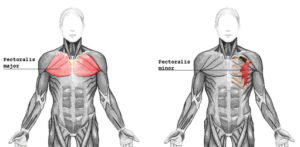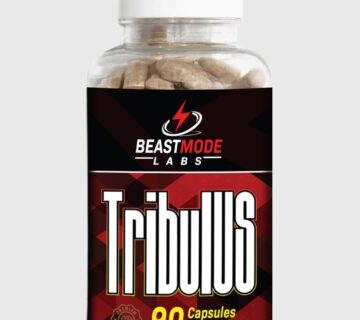Chest exercises are my favorite ever since I started going gym I would look forward to chest days the most and I always trained chest on a Monday as its called ‘international chest day’. The chest is the most striking body part as its usually the first body part people notice hence I feel it takes top priority.
Training the chest, specifically the pectoral muscles, is a common practice in strength training and bodybuilding. Here are some of the reasons why training the chest is beneficial:
- Upper Body Strength: The chest muscles, specifically the pectoralis major and pectoralis minor, are major contributors to upper body strength. A well-developed chest can help you perform various upper body exercises with more power and efficiency.
- Aesthetics: Many people desire a strong and well-defined chest for aesthetic reasons. A developed chest can enhance the overall appearance of the upper body and give a more balanced and attractive physique.
- Functional Benefits: A strong chest is not just about looks; it also contributes to everyday functional movements. Activities like pushing, lifting, and carrying heavy objects all involve the chest muscles. Strengthening the chest can make these tasks easier and more manageable.
- Sports Performance: For athletes, chest strength is essential in sports that require upper body power, such as swimming, boxing, wrestling, and football. A strong chest can improve performance in these sports and reduce the risk of injuries.
- Bone Health and Posture: Resistance training, including chest exercises, helps to improve bone density, which is crucial for preventing osteoporosis and maintaining bone health as you age. Additionally, training the chest muscles can aid in maintaining good posture by supporting the upper body.
- Metabolic Benefits: Strength training, including chest exercises, contributes to increasing lean muscle mass, which can boost metabolism. A higher metabolism can aid in weight management and overall energy expenditure.
The chest muscles, also known as the pectoral muscles or “pecs,” are a group of muscles located in the upper front part of the torso. There are two main muscles that make up the chest:
 Pectoralis Major: This is the larger and more superficial of the two chest muscles. It is a fan-shaped muscle that covers much of the upper chest. The pectoralis major originates from the clavicle (collarbone), sternum (breastbone), and the cartilage of the upper ribs. It inserts into the humerus (upper arm bone). The pectoralis major is responsible for movements such as arm flexion, adduction (bringing the arm toward the body), and medial rotation (inward rotation) of the arm.
Pectoralis Major: This is the larger and more superficial of the two chest muscles. It is a fan-shaped muscle that covers much of the upper chest. The pectoralis major originates from the clavicle (collarbone), sternum (breastbone), and the cartilage of the upper ribs. It inserts into the humerus (upper arm bone). The pectoralis major is responsible for movements such as arm flexion, adduction (bringing the arm toward the body), and medial rotation (inward rotation) of the arm.- Pectoralis Minor: This muscle is smaller and lies deeper beneath the pectoralis major. It originates from the third, fourth, and fifth ribs near their cartilage and inserts into the coracoid process of the scapula (shoulder blade). The pectoralis minor helps to stabilize the scapula and is involved in movements like pulling the shoulders forward and downward.
Both the pectoralis major and pectoralis minor play significant roles in various upper body movements, especially those involving the arms and shoulders.
The rep range most commonly recommended for hypertrophy (muscle growth) is typically between 6 to 12 repetitions per set. This range has been shown to be effective in stimulating muscle growth, especially when combined with appropriate intensity and volume.
Here’s a breakdown of how different rep ranges affect muscle training:
- Strength (1-5 reps): This rep range primarily focuses on building pure strength and neural adaptations. While some muscle growth can occur, it is not the primary goal.
- Hypertrophy (6-12 reps): The 6 to 12 rep range is considered the “hypertrophy range.” Training in this range induces muscle tension and metabolic stress, which are key factors in stimulating muscle growth. It’s an ideal range for bodybuilders and individuals aiming for muscle hypertrophy.
- Endurance (15+ reps): Higher rep ranges emphasize muscle endurance and conditioning. While they can lead to some muscle growth, their primary focus is on improving muscular endurance and stamina.
Here’s a sample chest workout that targets different areas of the chest and incorporates some of the top chest exercises for building muscles:
Warm-up: Start with 5-10 minutes of light cardio, such as jogging, cycling, or jumping jacks, to increase blood flow and warm up the muscles.
Chest Workout:
- Barbell Bench Press:
- 4 sets x 6-8 reps
- Rest: 2-3 minutes between sets
- Incline Dumbbell Press:
- 3 sets x 8-10 reps
- Rest: 90 seconds between sets
- Cable Flyes:
- 3 sets x 10-12 reps
- Rest: 60-90 seconds between sets
- Dips:
- 3 sets x max reps (bodyweight)
- Rest: 2 minutes between sets
- Decline Bench Press:
- 3 sets x 8-10 reps
- Rest: 90 seconds between sets
Cool-down: After completing the chest workout, take a few minutes to stretch the chest and other muscle groups worked during the session. Focus on gentle static stretches, holding each stretch for 15-30 seconds.
Keep in mind that individual responses to different rep ranges may vary, and it’s essential to include a variety of rep ranges in your training program to ensure overall muscle development. Periodizing your workouts, which means alternating rep ranges over time, can also be beneficial to prevent plateaus and keep the body adapting to new stimuli.
Moreover, other factors, such as proper nutrition, adequate rest, progressive overload (gradually increasing the weight lifted over time), and exercise form, play crucial roles in optimizing hypertrophy.


 Pectoralis Major: This is the larger and more superficial of the two chest muscles. It is a fan-shaped muscle that covers much of the upper chest. The pectoralis major originates from the clavicle (collarbone), sternum (breastbone), and the cartilage of the upper ribs. It inserts into the humerus (upper arm bone). The pectoralis major is responsible for movements such as arm flexion, adduction (bringing the arm toward the body), and medial rotation (inward rotation) of the arm.
Pectoralis Major: This is the larger and more superficial of the two chest muscles. It is a fan-shaped muscle that covers much of the upper chest. The pectoralis major originates from the clavicle (collarbone), sternum (breastbone), and the cartilage of the upper ribs. It inserts into the humerus (upper arm bone). The pectoralis major is responsible for movements such as arm flexion, adduction (bringing the arm toward the body), and medial rotation (inward rotation) of the arm.
No comment